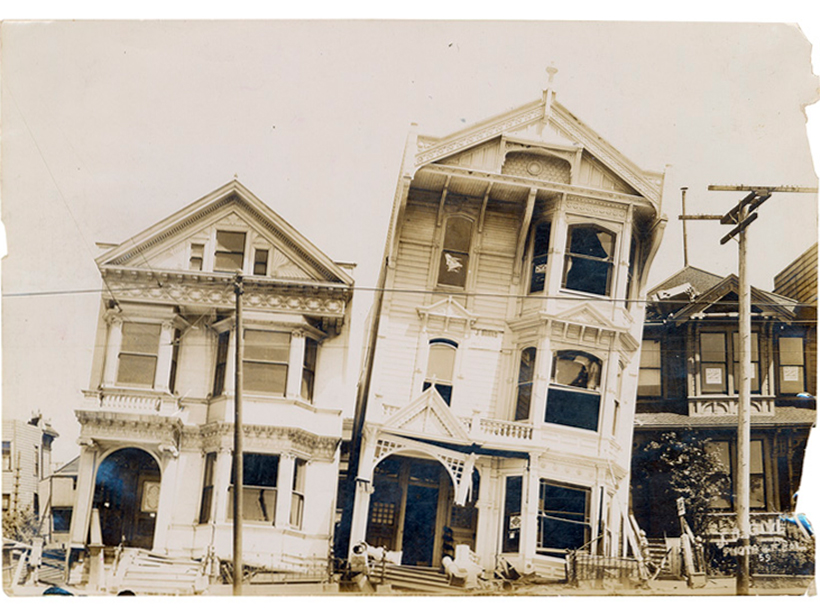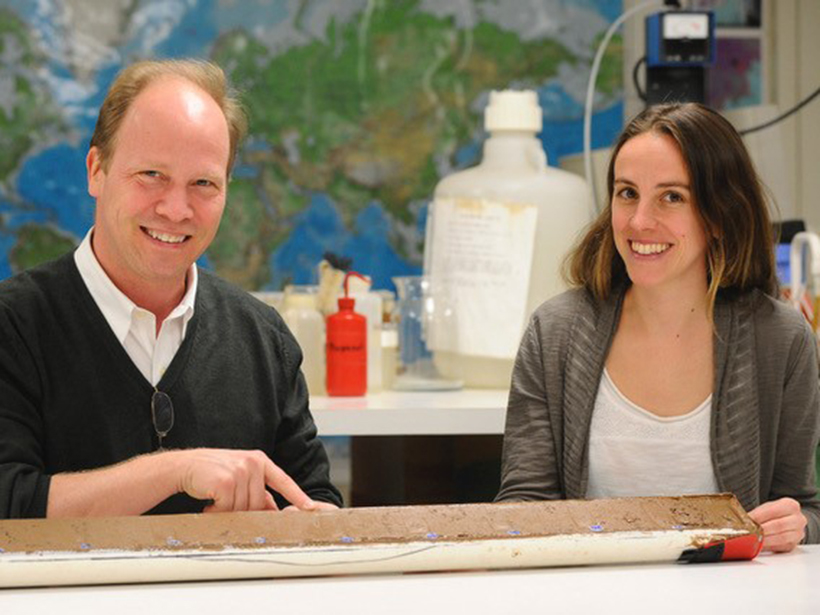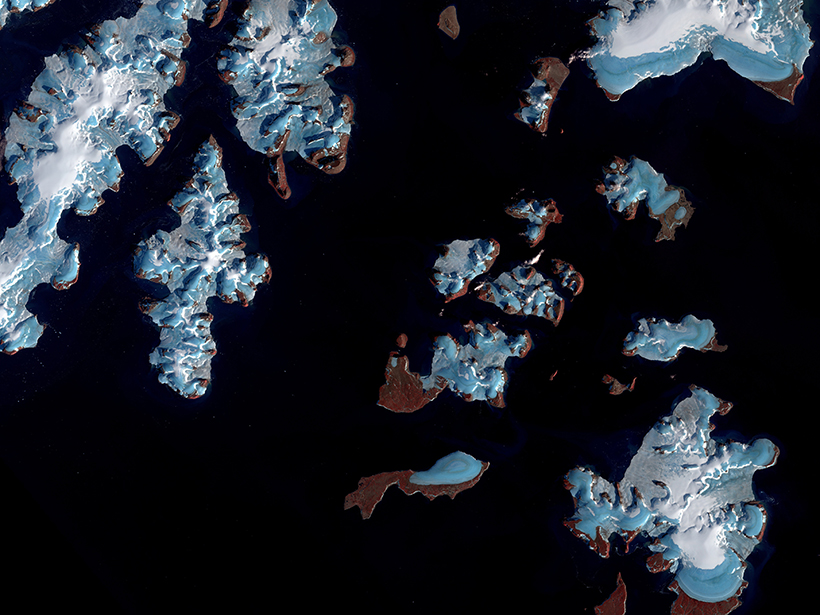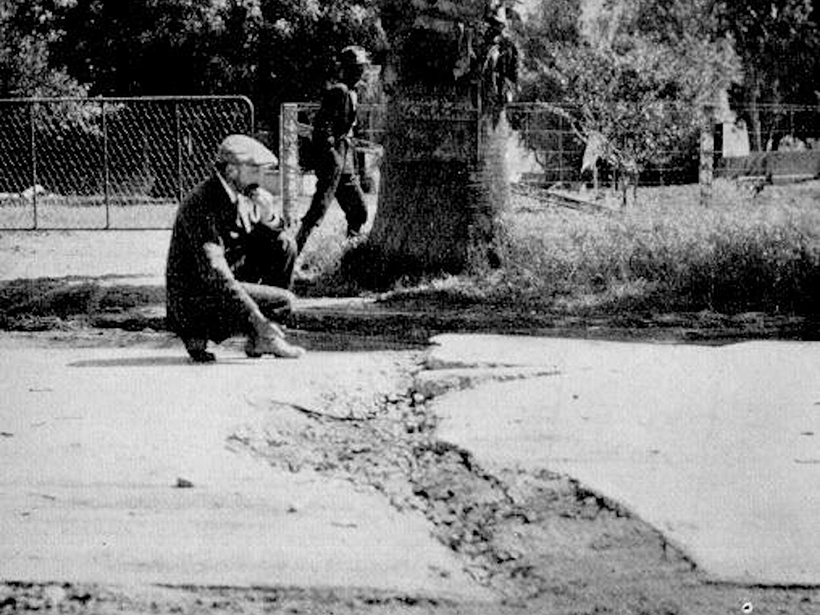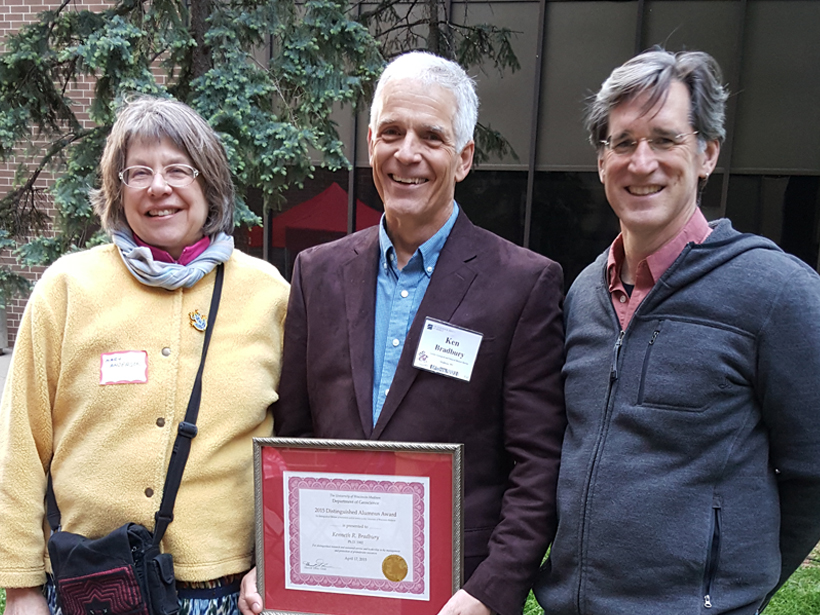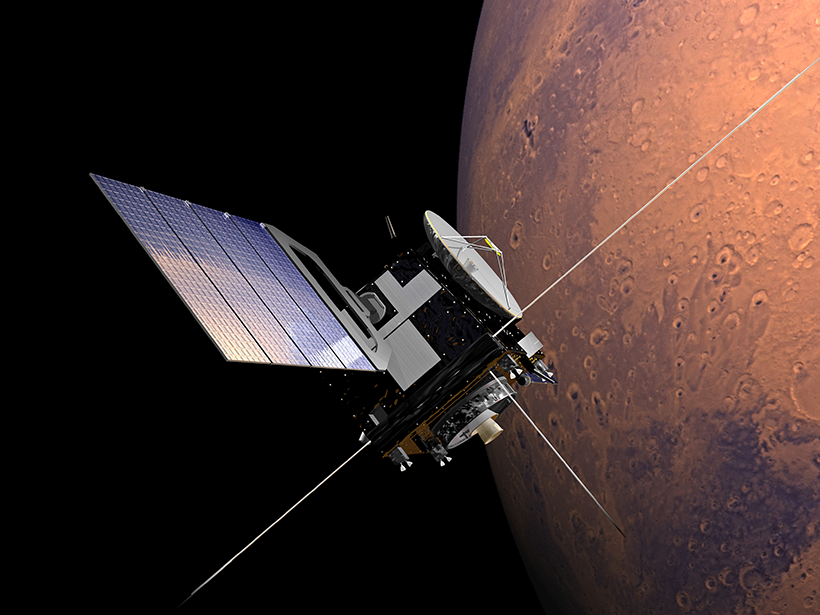By reanalyzing seismic records, researchers found a plethora of tiny earthquakes in Southern California that trace new fault structures and reveal how earthquakes are triggered.
Centennial Collection
Marking the 100th anniversary of AGU and Eos, this collection celebrates a century of achievements in the Earth and space sciences and looks forward to the next 100 years of scientific discovery and transformation.
Plastic Fragments Found for the First Time on a Glacier
The discovery, made in the Italian Alps, confirms the ubiquity of plastic pollution worldwide.
Podcast: When the Sahara Was Green
Past climate change likely motivated human migrations.
Fast-Melting Mountain Glaciers Speed Up Sea Level Rise
Satellites spy on remote alpine glaciers, producing more accurate—and higher—estimates of ice loss over time.
Reassessing California’s Overdue Earthquake Tab
Paleoseismic records show that the current 100-year hiatus since the last major event on the San Andreas, San Jacinto, and Hayward Faults is unprecedented in recent geologic history.
“Legendary” Mentor Follows the Groundwater
Mary Pikul Anderson, a lauded hydrogeologist, has advised more than 50 graduate students.
Mapping Heat Vulnerability to Protect Community Health
Community leaders and scientists from two U.S. cities are combining public health data and heat maps to prepare residents for climate change–related health risks.
The Accidental Particle Accelerator Orbiting Mars
The radar aboard the Mars Express spacecraft can generate ion beams arcing through space above the planet, which could lead to a new way of studying the plasma surrounding it.
Ice Drove Past Indo-Pacific Climate Variance
Researchers used both terrestrial and marine proxy data to reconstruct the dramatic and dynamic climatic changes.
North Atlantic Circulation Patterns Reveal Seas of Change
New evidence suggests the eastern Atlantic may be the site of major overturning.

